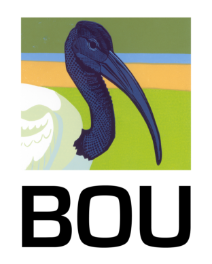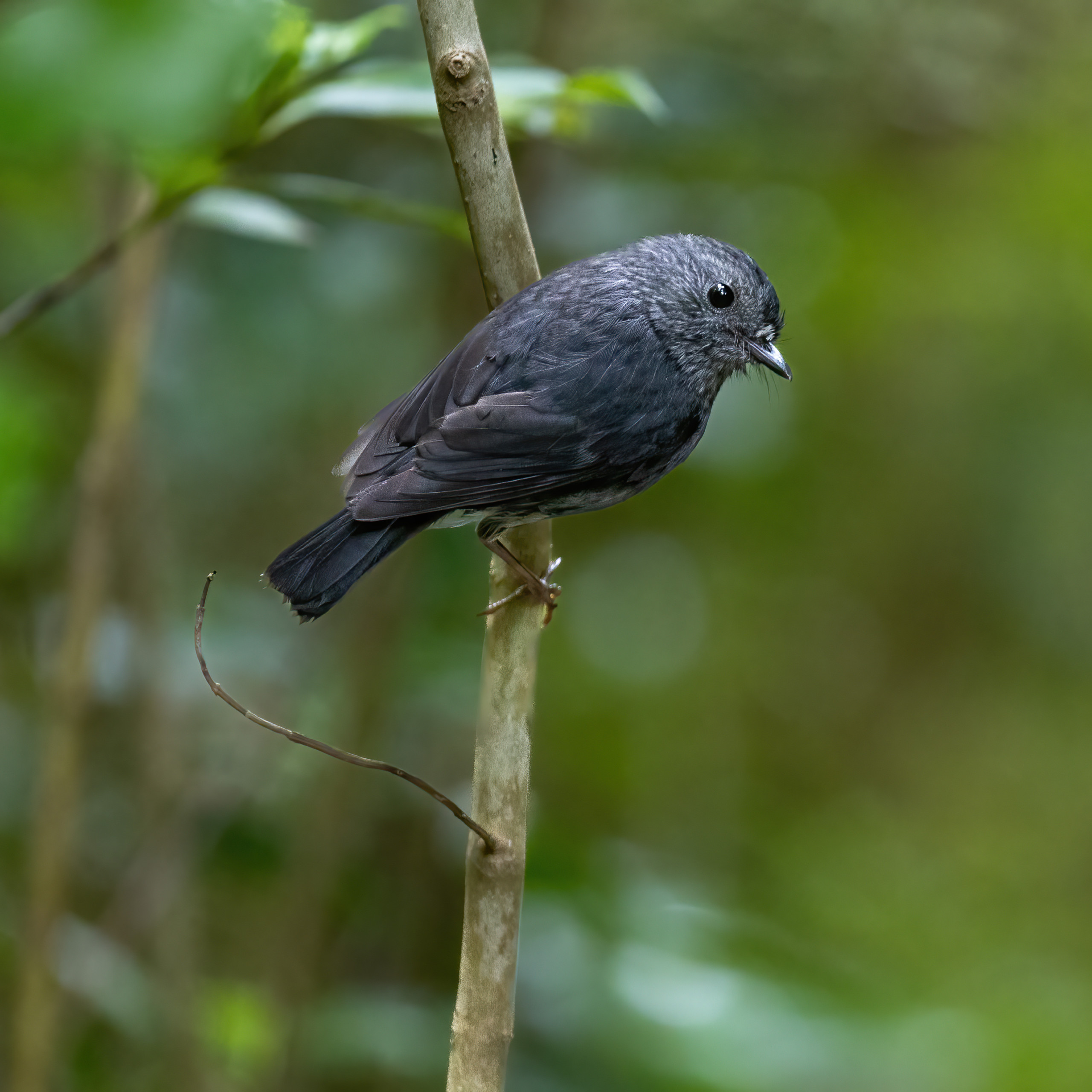
12 November 2024
-
13 November 2024
VIRTUAL (INTERNATIONAL)
Avian conservation translocations: from reinforcements to reintroductions to rewilding
Registration
Registration is open!
View registration rates and book your place
Programme
Check out the latest version of the programme
Call for abstracts
The call for oral abstracts has now closed. The call for poster and X(Twitter-only) abstracts remains open. Please submit your abstract for a poster presentation or an X(Twitter)-only presentation via the relevant link below.
Registration will open in late summer 2024. You can view registration rates here. Registration will be required to deliver a Zoom or poster presentation. No registration is required to deliver an X(Twitter)-only presentation or participate in the parallel X(Twitter) conference.
Submit your poster presentation abstract* here. Deadline: 31 July 2024 (09:00 BST)
Submit your X(Twitter)-only presentation abstract here. Deadline: 31 July 2024 (09:00 BST)
* Please note that all Zoom and poster presenters are asked to deliver a parallel presentation on X (Twitter), for which full guidelines and support are provided. See ‘Our parallel conference format’ below for details of the parallel X (Twitter) event.
Keynotes
Read keynote abstracts and bios
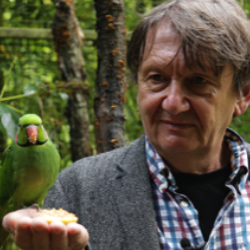
Carl G. Jones
Durrell Wildlife Conservation Trust, UK
Process and progress in the translocation and reintroduction of bird populations
xxxxx
 Sarah J. Converse
Sarah J. Converse
University of Washington, US
Use-inspired modelling: Demographic analysis in the context of conservation translocation decision making
xxxxx
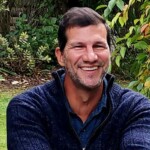 Phil Seddon
Phil Seddon
University of Otago, NZ
The role of conservation translocations in rewilding
xxxxx
xxxxx
 Alison Greggor
Alison Greggor
San Diego Zoo Wildlife Alliance, US
The interdisciplinary nature of conservation translocations: Mixing science and practice in reintroducing the ‘Alalā, Hawai’i’s last remaining corvid
xxxxx
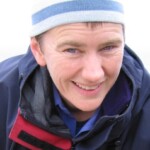 Kate McInnes
Kate McInnes
Dept of Conservation, NZ
Considerations for health and welfare in successful conservation translocation programmes – the tūtuturua/New Zealand shore plover as a case study
xxxxx
 Stefano Canessa
Stefano Canessa
University of Bern, Switzerland
Learning and uncertainty: Adaptive management of conservation translocations
xxxxx
xxxxx
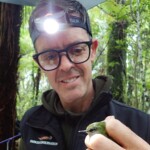 Kevin Parker
Kevin Parker
Parker Conservation, NZ
How does population monitoring and modelling get more birds in the bush? A perspective from the interface of science and practice
xxxxx
 Olivier Nsengimana
Olivier Nsengimana
Rwanda Wildlife Conservation Association (RWCA)
Listening to the species: The key to long term success of the reintroduction of endangered Grey Crowned Cranes in Rwanda
xxxxx
Read keynote abstracts and bios
Panel discussion
Conservation translocations: Looking to the future
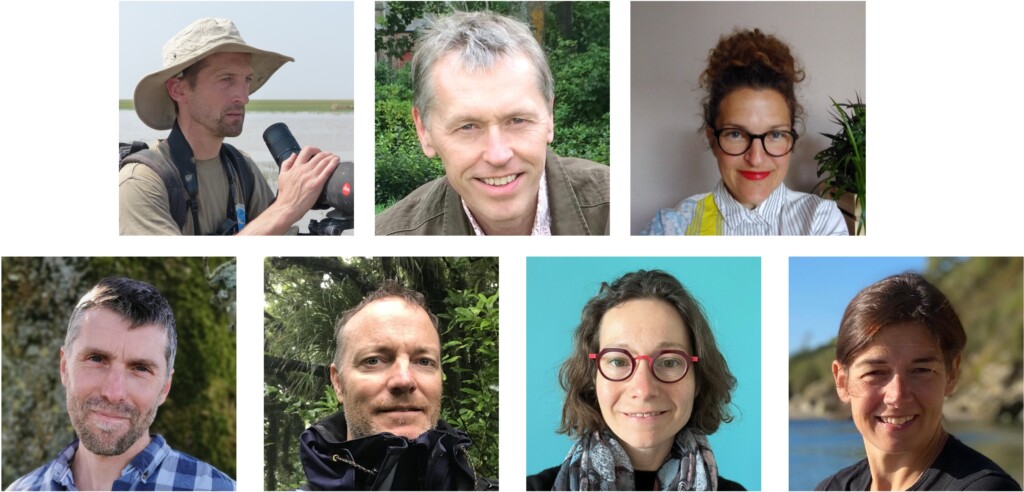
Chaired by Geoff Hilton (Wildfowl & Wetlands Trust), with an opening presentation by Martin Gaywood (Nature Scot) and contributions from panellists Sarah Dalrymple (Liverpool John Moores University), Lee Schofield (Ecologist and Author), John Ewen (Zoological Society London), Delphine Pouget (Natural England) & Mary Davies (RSPB).
 Martin Gaywood
Martin Gaywood
Nature Scot
Conservation translocations: Learning from experience and looking to the future
Read Martin’s abstract and bio
xxxxx
xxxxx
Conference theme, aims and scope
As the global biodiversity and climate crises continue to escalate, there is a growing need for bold interventions aimed at restoring threatened populations and mitigating species extinctions. Conservation translocation, defined as “the deliberate movement of organisms from one site for release in another” for conservation benefit at a “population, species or ecosystem” level (IUCN, 2013), is a well-established conservation strategy that has been gaining popularity in recent decades. While commonly used to reintroduce species to historic parts of their range, translocations are also used to reinforce existing populations; restore ecosystem function; and mitigate the effects of climate change and other emerging pressures on small populations.
Birds are commonly translocated, and their vulnerability to threats such as habitat loss, introduced species, disease and climate change, means that translocation will likely grow in its utility and necessity for avian conservation. Overall, translocations can have high rewards, but they also come with high risks, and involve complex considerations during the justification, planning and implementation stages of the process that can impact the outcome of an intervention. This conference will discuss the latest research in avian translocation science and practice, identifying key opportunities and challenges to develop these fields. It aims to share knowledge and experiences from past, ongoing and planned translocation programmes to inform future translocation efforts.
This conference will cover a range of topics related to avian conservation translocations worldwide, including:
- Demographic aspects and recent advances associated with translocation planning and monitoring;
- Behavioural, genetic, health and welfare considerations for captive breeding programmes and translocation of wild-borne individuals;
- Restoration of ecosystem function via reintroductions, ecological replacements and rewilding;
- Implementation of decision science and adaptive management to improve translocation planning, monitoring, and evaluation;
- Relevance of conservation social science and engagement to translocations.

Our parallel conference format
The BOU strives to make all our events inclusive and accessible. To help achieve this we now run all in-person and virtual Zoom conferences as dual platforms events with a Twitter conference running alongside the main in-person/virtual event.
Every presenter at a in-person/virtual event will now be required to tweet a summary of their presentation as part of the parallel Twitter event. We will also include additional Twitter-only presentations during the breaks of the in-person/virtual event.
For example, our BOUsci20 virtual Zoom event attracted an ‘in-the-room’ audience of 375 registrants, but the parallel Twitter event had over 550 participants, an ‘in-the-room’ audience of >1,600 people and a wider reach of 750,000 – from right around the world.
Unlike other social media platforms, Twitter is genuinely open access as you don’t even need an account to follow the Twitter event content. The BOU knows Twitter inside out having championed its use to promote ornithological research for the last decade and we’ve been running and sponsoring Twitter conferences for some years. Because of this, take-up within our community is very high – 75% of BOU2019 delegates were on Twitter!
Presenters will be provided with extensive guidelines on how to tweet your presentation on Twitter, and you will be able to use either your personal or institute account. If neither of these are available, then we the BOU social media team will be on hand to discuss other options for you to present your work on Twitter.
See also Presenting at a Twitter conference
Scientific Programme Committee
Dr Lynda Donaldson | Chair | RSPB, UK
Dr Katie Beckmann | University of Edinburgh, UK
Dr Victoria Franks | University of Salford, UK
Dr Kevin Wood | Wildfowl & Wetlands Trust, UK & BOU Meetings Committee
Images
Common Crane (top banner) | Zeynel Cebeci CC BY-SA 4.0 Wikimedia Commons
North Island Robin / Toutouwai (top small) | JJ Harrison CC BY-SA 3.0 Wikimedia Commons
White-tailed Eagle (bottom) | Yathin S Krishnappa CC BY-SA 3.0 Wikimedia Commons

